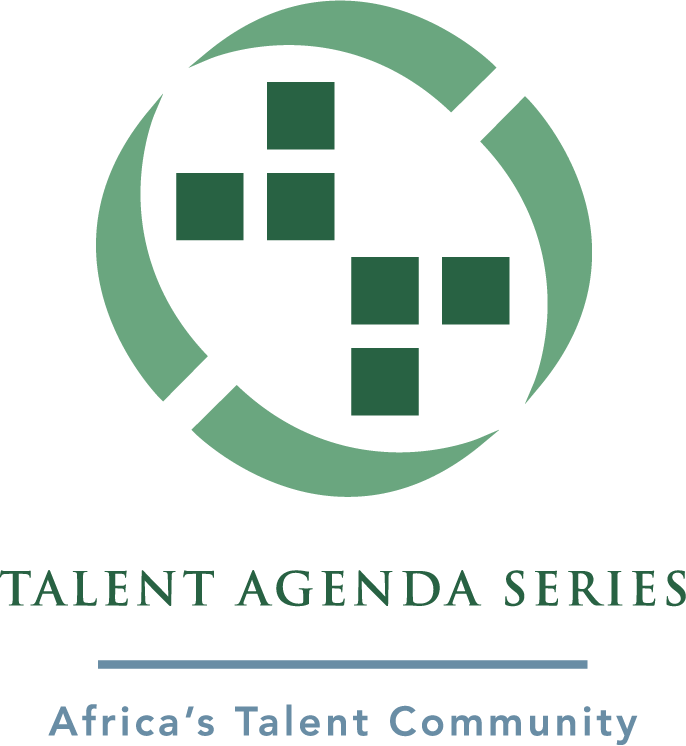Talent Strategies for a Multi-Gen Workforce
According to the UN, Africa’s total population is on a trajectory to hit 2.5 billion by 2050 (around 25% of the total world’s population). Coupled with this rather astonishing fact is what researchers refer to as the ‘youth bulge’: there are an estimated 200 million people aged between 15 and 24 across the continent. Africa thus has the youngest population in the world. With an increase in youth employment, many companies are experiencing what is known as ‘multi-generational’ workforces, where employees ranging from 18 to 65 work alongside each other. As one can imagine, this comes with some difficulties, and it is these difficulties which this blog shall examine, as well as some of the strategies to tackle in.
Ethnographers divide up the four generations currently working in the job market as follows:
· Veterans – Born before 1946
· Baby Boomers – Born between 1946 and 1970
· Generation X – Born between 1970 and 1994
· Millennials – Born after 1994
The diversity across these age-groups makes for a more interesting dynamic within the continent’s workforce. It is indeed a challenge. A recent survey by JP Morgan Chase showed that 75% of respondents agreed that managing multi-generational teams was a challenge.
One easy solution to this challenge would be to implement structure management adapted for each generation. This, however, is only a short-term solution. What employers fail to understand when faced with this challenge is that by having different management structures for different generations, they are not considering the workforce as a complete entity. Different structures mean divided employees. Separating such employees can lower efficiency and productivity. When you have employees from different generations working together in the same team, it seems counter-intuitive to treat them any different.
For a continent as diverse as Africa, the challenges of such a multi-generational workforce are evident. Yet there are strategies to help employers overcome such problems. Communication, as with most workplace problems, remains key to finding a solution. By fostering collaboration both within the teams and with other teams, employers can create opportunities for teams to build relationships organically. Such opportunities take the form of team-bonding sessions and days out, promoting communication between employees. Another strategy employers have found successful is assigning cross-functional teams to tackle new projects. This collaboration helps create a more productive and efficient environment.
Deloitte, in their recent analysis of the current global trends concerning workplace demographics, found that one of the best ways it has been able to support multi-generational teams is to provide opportunities for development. These opportunities were spread across multiple teams as forums, designed to enable development transfer. By communicating with one another about training and learning methods, different generations can learn to work alongside each other.
The CIPD’s Tapping into Talent 2015 report discovered that Millennial and Generation X employees preferred independent learning whereas the other two demographic cohorts preferred a more traditional style of learning, often centred around the classroom. This might seem evident to the reader but is nevertheless indicative of the differences between generations. Employers are not asking for everybody to become the same. In fact, it is the very diversity stated here that is beneficial to companies. Employees from different backgrounds and with different ages bring a wider and more varied skill-set which employers can use to benefit their company. Multi-generational workforces can only be an advantage in a market as diverse as Africa.

